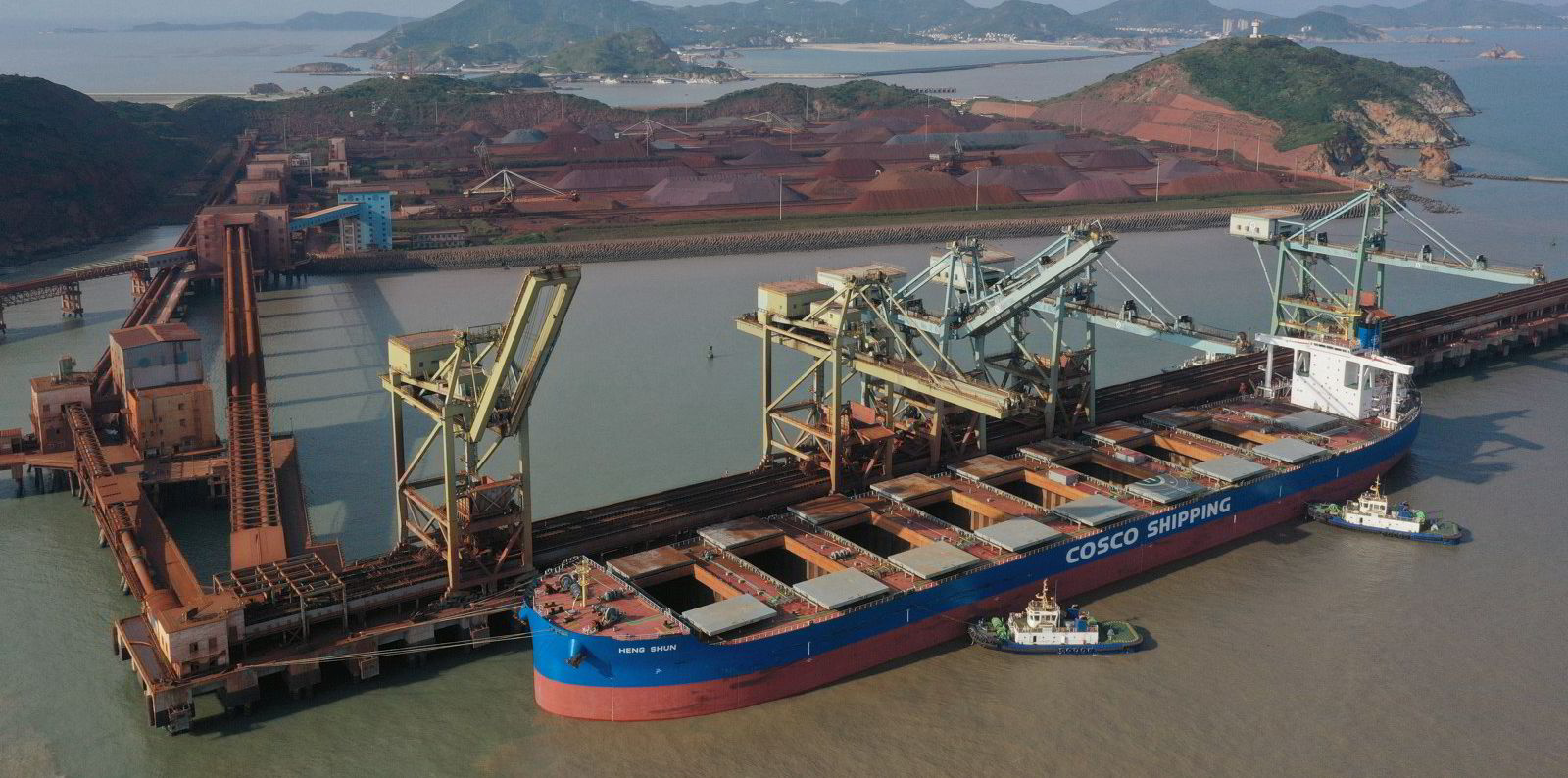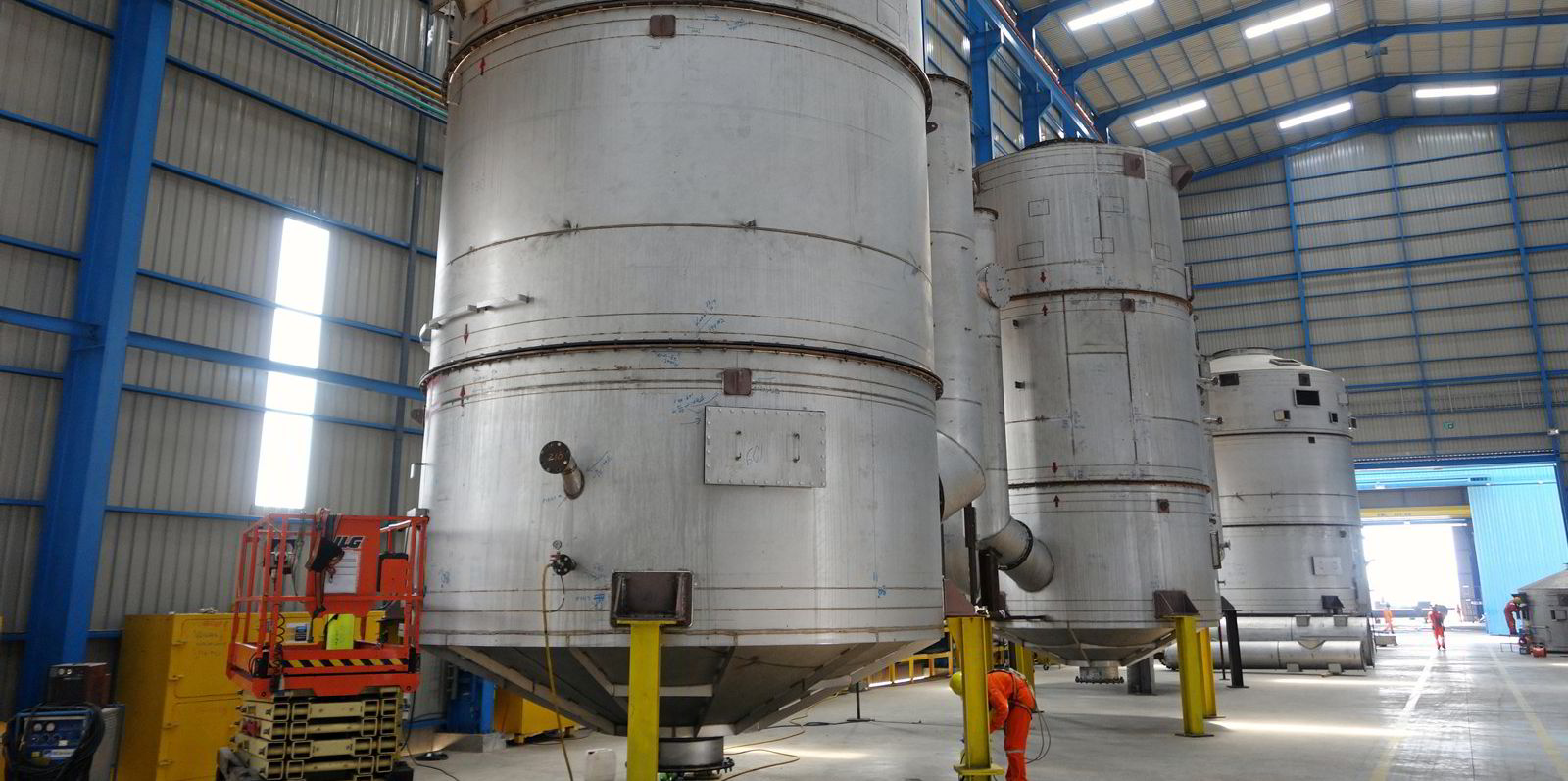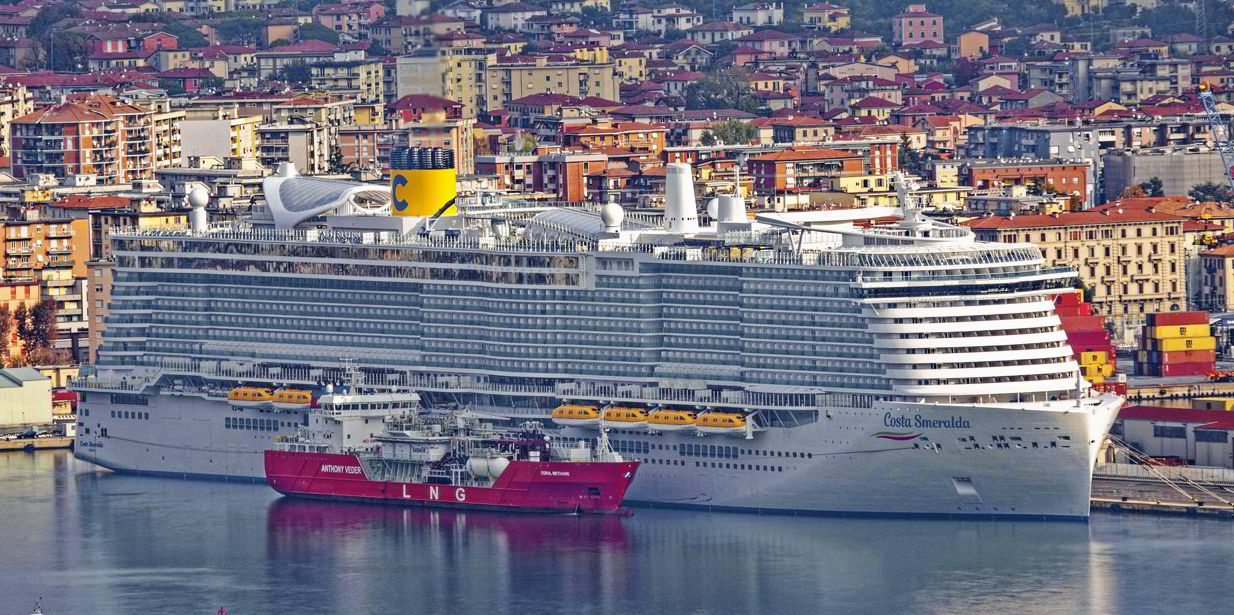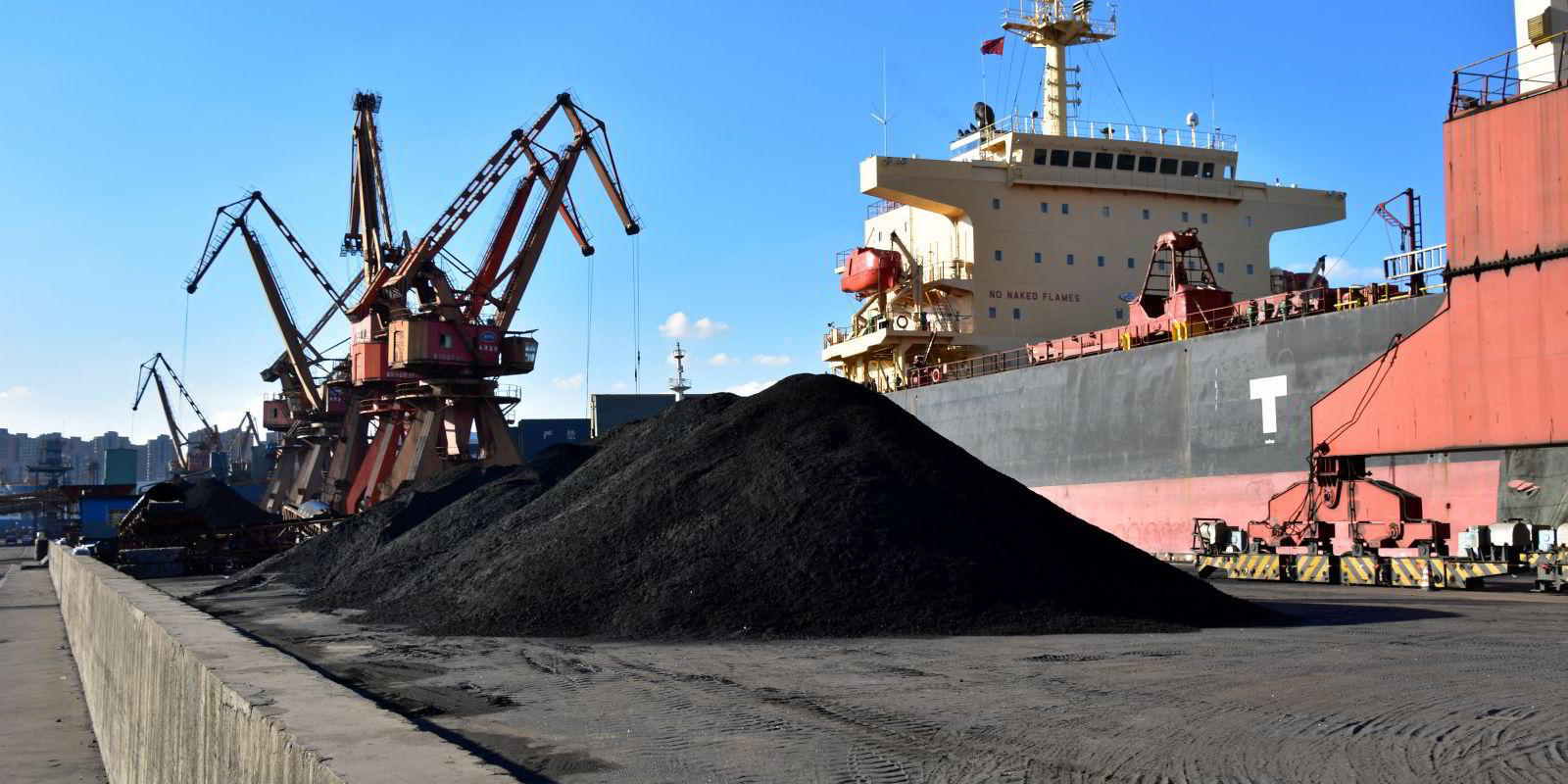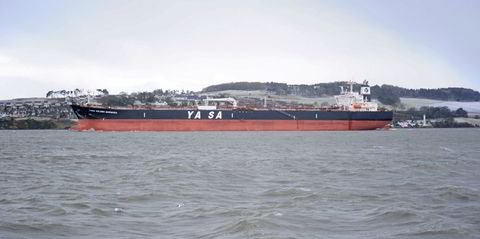China will continue to be the biggest influence on bulker markets in the second half of 2021, but potential impacts from its changing political priorities remain a mystery.
Analysts expect slower growth in dry freight markets in the second half — but demand for shipping will remain strong.
During the first quarter, the sector benefited from returning trade, firm grain volumes, strong Chinese imports, a pick-up in coal demand and port congestion. This led to the strongest quarterly average bulker earnings in more than a decade.
So far this year, Chinese steel production is up 13% and infrastructure investment in China has risen by as much as 37%, according to figures cited by Maritime Strategies International.
Tighter money
But Beijing has begun to restrict money supply to stop the construction sector overheating, leading to questions over how this will affect demand for dry cargo shipping.
There was a significant uptick in shipments of pretty much every dry commodity in March, according to Nick Ristic, lead dry bulk analyst at Braemar ACM Shipbroking.
“Some of this is down to stimulus-driven consumption or pent-up demand, but there are also a lot of stories of regional supply/demand mismatches,” he told TradeWinds.

“Generally, we’re expecting the market to soften over the second half as these markets move back towards equilibrium, but again, we’re not expecting rates to fall off a cliff.”
Ristic said the question this year will be: how tough will China get on its polluting industries?
“Several industry bodies have stated their aims to reduce steel capacity this year, which is one of the country’s biggest polluters, but production has shown no signs of slowing down yet,” he said.
“At this stage, it’s hard to predict how strict officials will be — previous calendar-year stated limits in other sectors (like the coal import quotas in 2018/19) have rarely been reached — but the government does seem to have intensified pressure on GHG [greenhouse gas] emissions.”
Heavy-handed cuts on the way?

The situation is definitely becoming more politicised, “which could make heavy-handed cuts more likely”.
Macroeconomic indicators signal slower economic growth in China in the final six months, but Burak Cetinok, head of research at Arrow Shipbroking Group, said demand for commodities will be supported by infrastructure projects and the country’s booming manufacturing sector.
“It’s still in question how this will affect bulker markets, as future steel production policy will be key,” he said. “Continuing emissions restrictions could result in import demand for scrap and semi-finished steel products supporting smaller vessel classes, which may dent the capesize market.”
Thankfully for the smaller ships, the surge in grain shipments and restocking process will likely sustain itself through the second half
Nick Ristic
However, iron ore stocks in China have plenty of room to grow, “so any downtick in consumption of iron ore may allow a restocking, particularly of higher quality, Brazil-origin material”, Cetinok said.
Ristic also expects demand for capesizes to soften as the influence of China’s economic stimuli wanes this year.
“As steel consumption pulls back, and as the tighter pollution controls start to bite, iron ore imports are likely to slow down, though we’re not expecting a very sharp drop-off,” he said.
“Thankfully for the smaller ships, the surge in grain shipments and restocking process will likely sustain itself through the second half.”
Polarisation
Changes in trading patterns for grain are something to watch, according to Ristic.
“Grains will likely continue to be supportive, as the US’ corn sales receive a boost from China, and other producers have run into weather difficulties,” he said.
“The polarisation between the US and China has already impacted ballasting patterns for bulkers, increasing voyage durations and tightening the market.
“On the other hand, the South American crops are likely to come in lower this year, again due to weather-related issues, so there is limited upside for total grain volumes from here.”
Analysts do not expect port congestion to maintain its underlying role in supporting bulker markets, but queues at ports are still common.
Data from bulker tracking platform Oceanbolt shows that 2,850 bulkers are caught up in congestion worldwide, equivalent to around 25% of the global bulker fleet. As of Tuesday, the average waiting time was 9.5 days.
Supramaxes and ultramaxes make up the biggest proportion of congested bulkers, with 774 stuck in queues worldwide.
